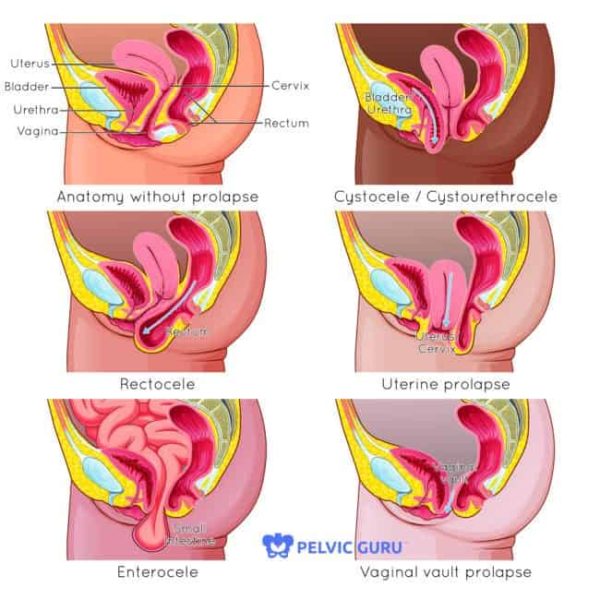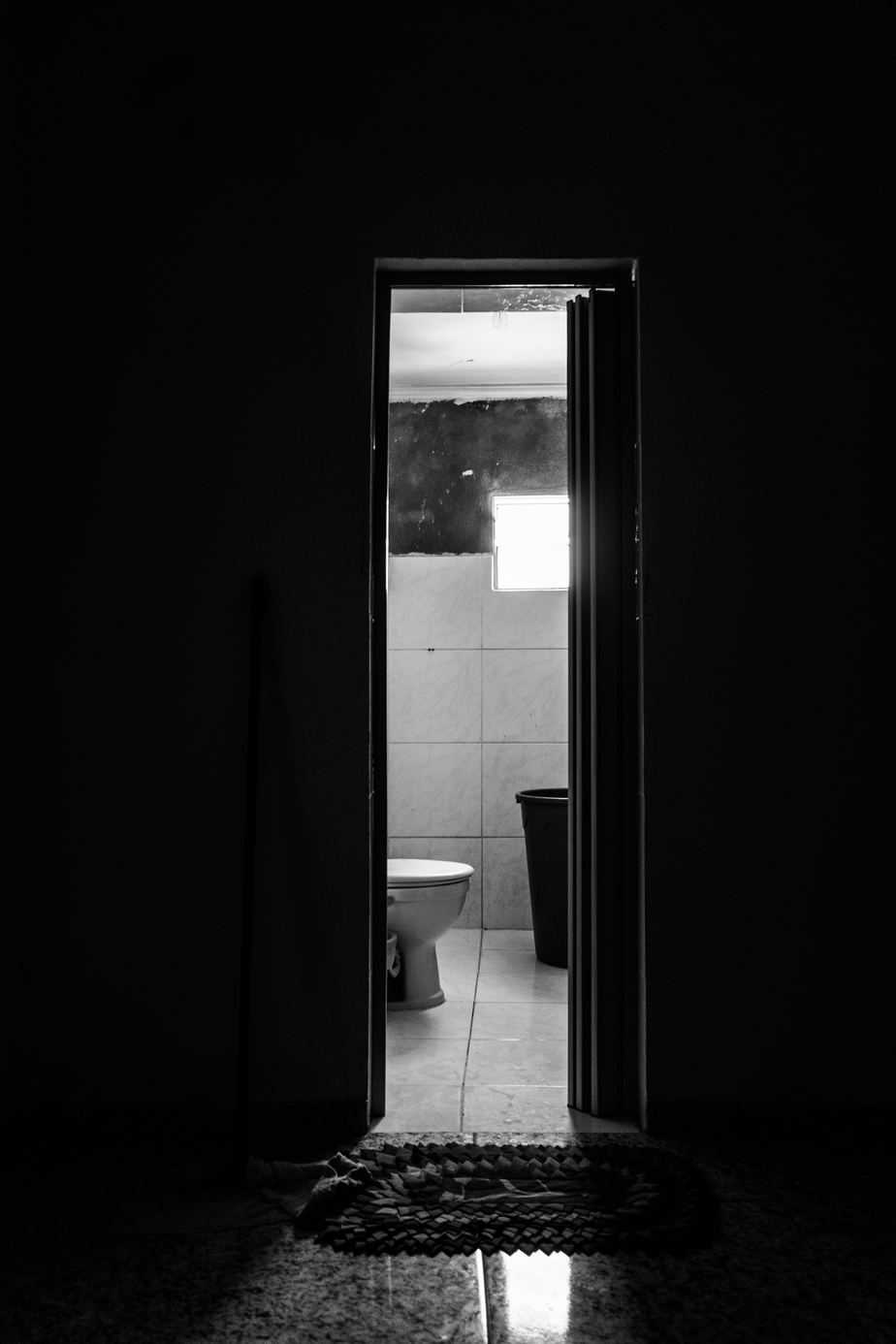Six Tips for Stress Reduction: Exercising Your Vagus Nerve to Heal Pelvic Pain
Stress plays a substantial role in physical health and overall well-being. Understanding the body and how daily habits influence the way it works can be a helpful tool in gaining control over pain and improving quality of life. Our autonomic nervous system– the system responsible for regulating and maintaining the functional processes of the body…






